James Wilson Smith/Crissman Block
Introduction
Text-to-speech Audio
Images
James Wilson Smith/Crissman Block, west elevation, 2020
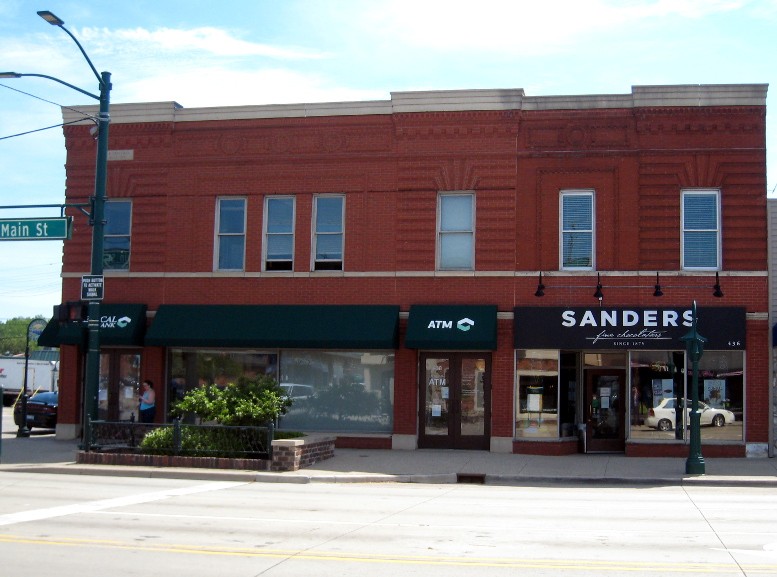
James Wilson Smith/Crissman Block explosion, May 1992
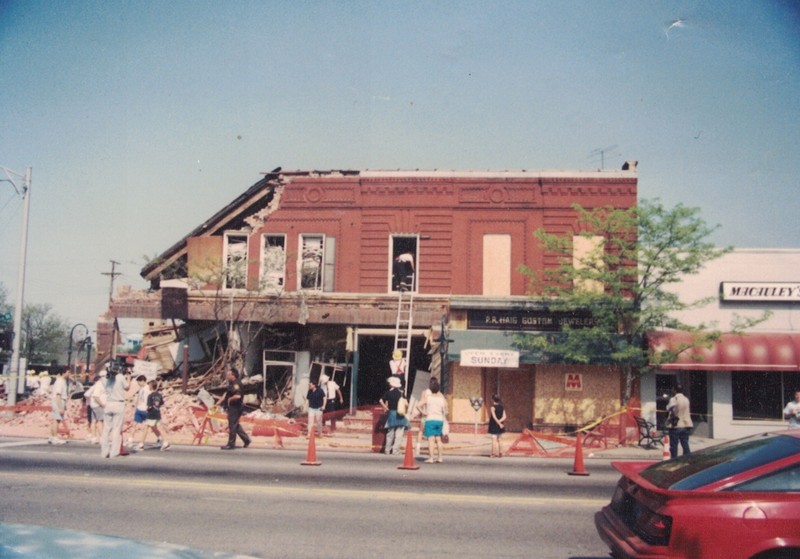
James Wilson Smith/Crissman Block explosion, May 1992
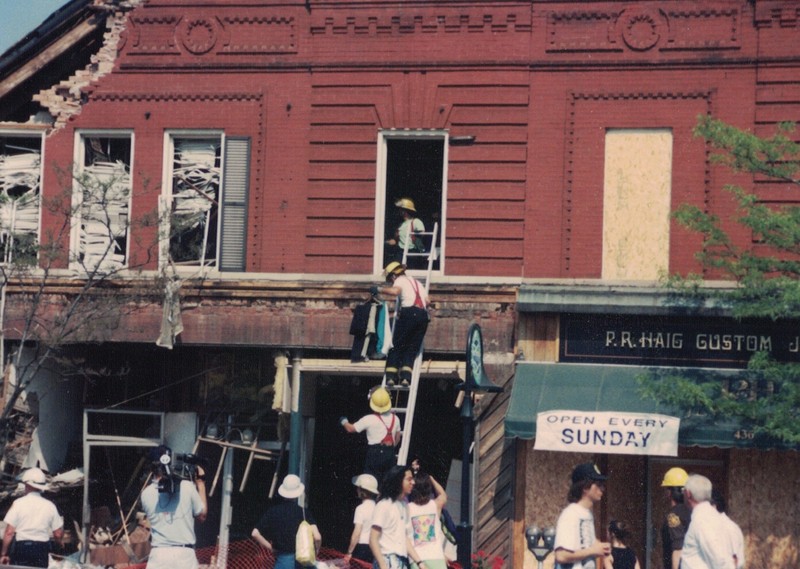
James Wilson Smith/Crissman Block, west elevation, 1907
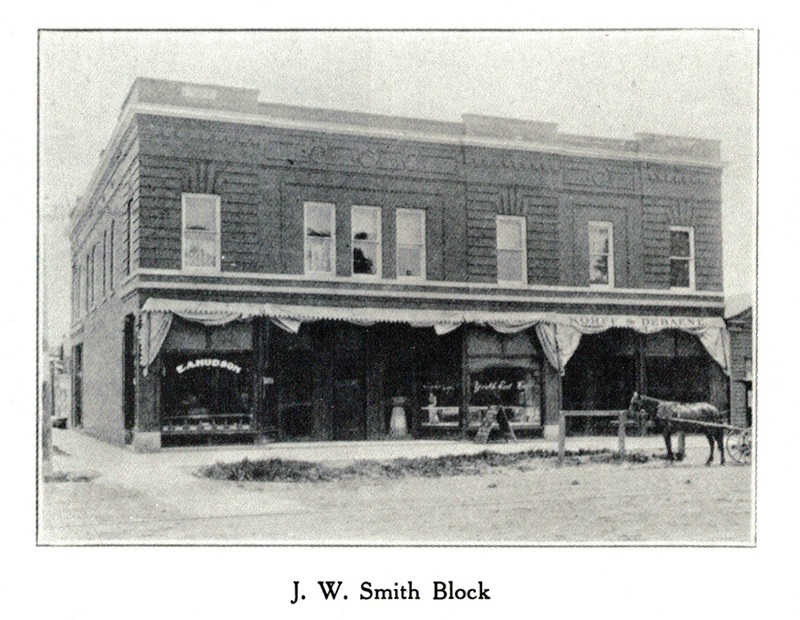
James Wilson Smith portrait, 1897
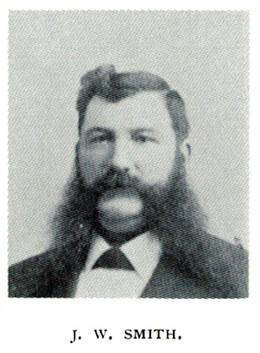
Backstory and Context
Text-to-speech Audio
James Wilson Smith, owner of the St. James Hotel on the southwest corner of Main and University (formerly Fifth St.) broke ground for this two-story brick business block opposite his hotel in August 1901. Detroit architects Spier & Rohns, who had recently built the Detroit Sugar Company factory in Rochester, were the designers of the building, and James S. Stackhouse of Rochester was the contractor.
Frederick H. Spier (1855-1931) and William C. Rohns (1856-1951) were especially noted as the designers of railroad stations, and drew the designs for the Michigan Central Railroad depots in Ann Arbor and Niles, Michigan, the Union Depot in Lansing, and the Union Station in Durand, Michigan. They were also the architects of the Detroit Sugar Company mill at Rochester.
The building was expanded in 1904, as noted in the Rochester Era edition of February 19, 1904:
"J. W. Smith will build a brick addition to his block at the north end [sic; it was actually the south end], which will be occupied as a meat market." Progress on the addition was noted by the newspaper on June 10: "The gravel roof has been placed on the new Smith block, the hardwood floor laid on the first story and the work of finishing off for Korff & DeBaene's new market is rapidly progressing. Mr. Smith has made a proposition to finish off the second story into a first class auditorium, reception, cloak and property rooms, etc., and the matter is being favorably considered by the different secret societies of Rochester."
The North End Cafe and Edwin A. Hudson grocery were early tenants of the new building; it also housed James W. Smith's Idle Hour Theatre before he built a new structure for it adjacent to his hotel. The most well-known occupant of the building was the Crissman Pharmacy, which occupied the building from about 1925 until 1966. The pharmacy featured a soda fountain that was a popular meeting place in town for decades.
Lewis C. Crissman, a 1910 graduate of Ferris Institute (now Ferris State University), established the drug store that carried his name in 1913, when he bought out Luel H. Smith's Central Drug Store.The Smith store was located at 329 S. Main, just south of where the Chase Bank stands in 2014. Around 1915, Crissman moved his pharmacy across the street to 438 S. Main, in what was then known as the J. W. Smith block. When Lewis Crissman decided to retire from the pharmacy he passed the baton to the next generation, son J. Kenneth Crissman, who like his father, had earned a pharmacy degree from Ferris. Kenneth Crissman operated the drug store until 1966, when he sold the business to Joseph Pinkerton.
On May 20, 1992, the northern two-thirds of the building were completely destroyed by a devastating gas explosion from an unknown gas line in the area. The Crissman family, owners of the building, immediately rebuilt the destroyed portion in complete sympathy with the original design, including the ornamental stepped-out brickwork on the west elevation.
As it currently stands, the southern portion of the building (bearing the address 436 S. Main) is the addition to the original structure built in 1904; the northern portion (bearing the addresses 438-440 S. Main) is the reconstructed portion built in 1992-93.
Sources
"Ground was broken last Monday morning for the new J.W. Smith building...," Rochester Era, August 9, 1901.
"The New Smith Block," Rochester Era, August 23, 1901.
"J.W. Smith will build...," Rochester Era, February 19, 1904.
"The gravel roof has been placed on the new Smith block...," Rochester Era, June 10, 1904.
"Crissmans Install New Fountain, Cases," Rochester Clarion, April 26, 1929, p.1.
"Remodeling Store for New Studios of Theo. Swoboda," Rochester Era, April 20, 1944, p.1.
"Announces Drug Store Ownership," Rochester Clarion, October 20, 1966.
Abstract of title, No. 109772, Lot 1 of Original Plat of Village of Rochester, Michigan, by Abstract and Title Guaranty Company of Pontiac, Michigan, dated 21 May 1945.
Schaefer, Jim, and Wylie Gerdes. "Center of Rochester Erupts: 1 Killed, 17 Injured After Work Hits Gas Line," Detroit Free Press, May 21, 1992, p.1.
Deborah Larsen
Harold Mowat
Harold Mowat
Rochester: A Sketch of One of the Best Towns on the Map, 1907 [public domain]
Beautiful Rochester. W. A. Fox, 1897 [public domain]
